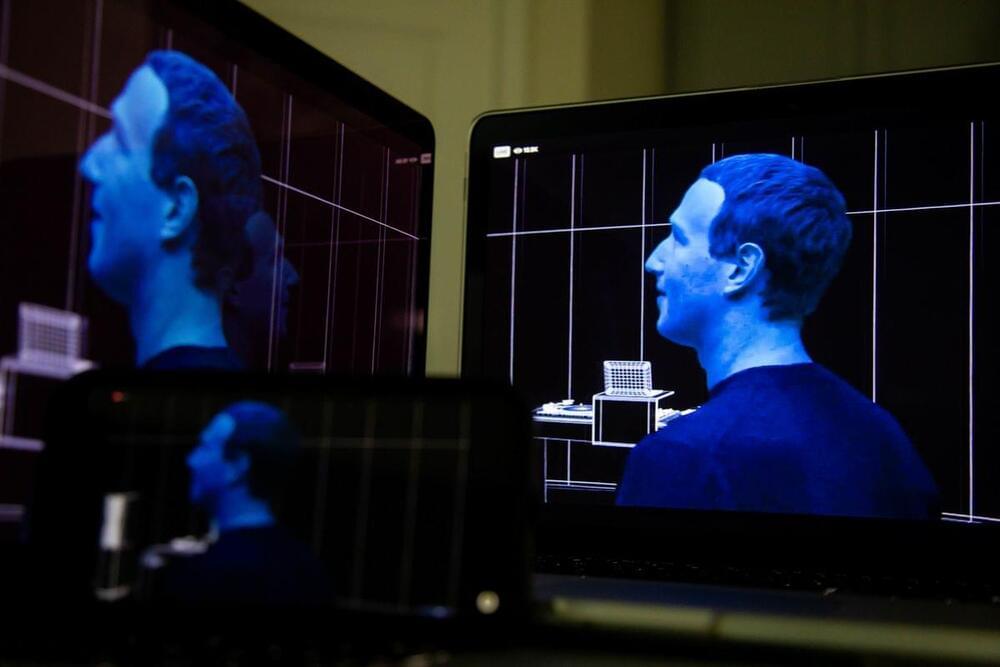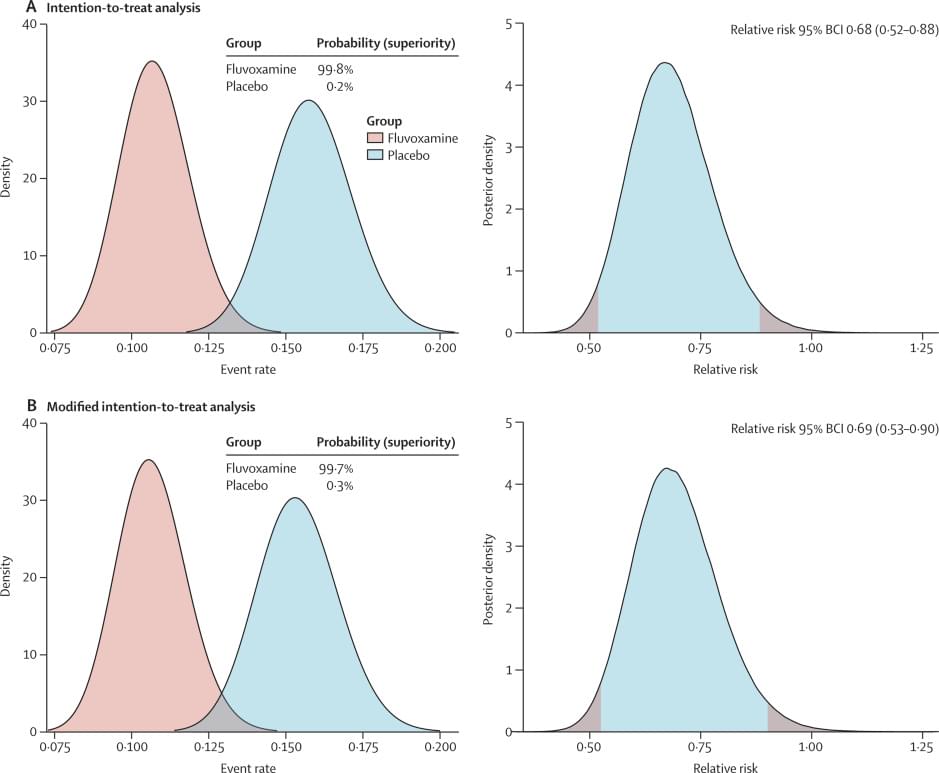Tesla’s CEO believes he can radically change how cars are put together.
Get the latest international news and world events from around the world.



We Love mRNA. Let’s Use It For The Flu Vaccine Too
The last year has been a story of triumph in the vaccine world, with the rapid development of two highly successful vaccines for Covid-19, one developed by Moderna and the other by Pfizer and BioNTech. Now that flu season is approaching, why are we still using 50-year-old technology for the flu vaccine?
The reason the Covid-19 vaccines were developed so quickly is that they used a new, much faster and easier-to-create type of vaccine technology, based on messenger RNA, or mRNA. What’s even more exciting is that we now have an overwhelming amount of evidence, from real-world experience, that these vaccines are remarkably safe and effective.
Now, anti-vaxxers and the “vaccine hesitant” are claiming they don’t trust the vaccine because it was developed too fast. That’s ridiculous: the real reason they don’t trust the vaccine is because they’re consuming a steady diet of anti-vaccine nonsense, promoted by a combination of right-wing media and the Disinformation Dozen (who include left-wing as well as right-wing zealots). But let’s not go down that rabbit hole today.

Apple’s Rivalry With Meta Isn’t About Privacy —It’s About AR, Watches and Home Devices
Apple and Meta are heading toward a collision course around wearables, AR/VR headsets and home devices. Also: Netflix and Apple mend fences around billing, Tim Cook talks cryptocurrency, and a new Apple Store is coming to Los Angeles. Finally, the App Store is dealt a loss in court.
For the past decade or so, Apple Inc.’s chief rival was considered to be Google. The two have gone toe-to-toe in smartphones, mobile operating systems, web services and home devices.
The next decade, however, could be defined by Apple’s rivalry with another Silicon Valley giant: Meta Platforms Inc.—the company known to everyone other than its own brand consultants as Facebook.
The Only Artificial Intelligence that can Learn — Deepmind Meta-Learning
Artificial Intelligence’s biggest Problems is their inability to keep on learning after they’ve completed their training. But now, Google’s Deepmind has created a Meta-Learning AI which keeps on learning and improving indefinitely without any Human supervision. Deepmind created the AI Game: Alchemy, which is a chemistry-based game for AI Agents to play and improve in. But Artificial Intelligence improving without limits also puts some concerns into AI researchers focused on deep learning.
There has been rapidly growing interest in meta-learning as a method for increasing the flexibility and sample efficiency of reinforcement learning.
–
If you enjoyed this video, please consider rating this video and subscribing to our channel for more frequent uploads. Thank you! smile
–
TIMESTAMPS:
00:00 The Ultimate kind of AI?
01:02 What is Meta-Learning in AI?
02:24 Alchemy AI Agent.
04:02 How Meta-Learning solved AI Problems.
06:32 What are the dangers of this AI?
08:29 Last Words.
–
#ai #metalearning #singularity

Effect of early treatment with fluvoxamine on risk of emergency care and hospitalisation among patients with COVID-19: the TOGETHER randomised, platform clinical trial
I may have already posted about this, but this is more data from The Lancet.
Background.
Recent evidence indicates a potential therapeutic role of fluvoxamine for COVID-19. In the TOGETHER trial for acutely symptomatic patients with COVID-19, we aimed to assess the efficacy of fluvoxamine versus placebo in preventing hospitalisation defined as either retention in a COVID-19 emergency setting or transfer to a tertiary hospital due to COVID-19.
Methods.
This placebo-controlled, randomised, adaptive platform trial done among high-risk symptomatic Brazilian adults confirmed positive for SARS-CoV-2 included eligible patients from 11 clinical sites in Brazil with a known risk factor for progression to severe disease. Patients were randomly assigned (1:1) to either fluvoxamine (100 mg twice daily for 10 days) or placebo (or other treatment groups not reported here). The trial team, site staff, and patients were masked to treatment allocation. Our primary outcome was a composite endpoint of hospitalisation defined as either retention in a COVID-19 emergency setting or transfer to tertiary hospital due to COVID-19 up to 28 days post-random assignment on the basis of intention to treat. Modified intention to treat explored patients receiving at least 24 h of treatment before a primary outcome event and per-protocol analysis explored patients with a high level adherence (80%). We used a Bayesian analytic framework to establish the effects along with probability of success of intervention compared with placebo. The trial is registered at ClinicalTrials dot gov (NCT04727424) and is ongoing.
Treatment with fluvoxamine (100 mg twice daily for 10 days) among high-risk outpatients with early diagnosed COVID-19 reduced the need for hospitalisation defined as retention in a COVID-19 emergency setting or transfer to a tertiary hospital.
Autonomous Weeder uses high-power lasers to eliminate 100,000 weeds per hour
Robots eliminate weeds with lasers to solve one of the farming industries’ biggest challenges.
Mr. Temitayo Erogbogbo, Global Advocacy Director, MSD for Mothers (Merck Sharp & Dohme)
Creating a world where no woman has to die giving life — temitayo erogbogbo, global advocacy director, MSD for mothers, merck sharp & dohme.
Mr. Temitayo (Tayo) Erogbogbo, is Global Advocacy Director of MSD for Mothers (https://www.msdformothers.com/), at Merck Sharp & Dohme.
Tayo has two decades of combined private sector and international development experience, 13 years of which was spent in the pharmaceutical industry in multiple roles across community relations, government affairs, marketing and sales.
As the Global Advocacy Director of MSD for Mothers, Tayo is responsible for global and national strategic partnerships and programs to bring about policies and practice changes to improve maternal health care, and strengthen health systems, particularly where private sector approaches can be leveraged for greater impact.
Prior to MSD for Mothers, Tayo led the establishment of an adolescents and youth constituency at The Partnership for Maternal, Newborn and Child Health (PMNCH), a multi-constituency partnership hosted by the World Health Organization, to advocate for better sexual, reproductive, maternal, newborn, child, and adolescent health policies and services at global, regional, and national levels. Additionally, he contributed to the development of the Global Strategy for Women’s, Children’s, and Adolescents’ Health 2016–2030.
Hostage Diplomacy and China’s height of desperation
In explosive development, China has been threatening U.S. executives, companies and business groups in recent weeks to fight against China-related bills in the U.S. Congress. According to Reuters, letters from China’s embassy in Washington have pressed executives to urge members of Congress to alter or drop specific bills that seek to enhance U.S. competitiveness.
Follow our Telegram Channel — https://t.me/tfiglobal.
Please support us on Patreon — https://www.patreon.com/tfiglobal